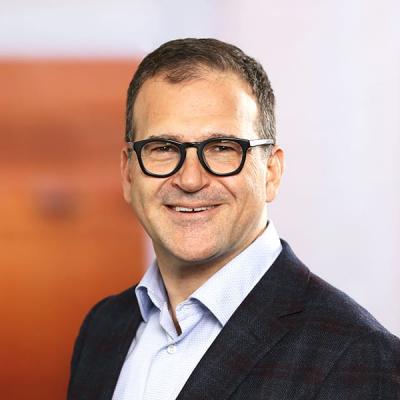FERC Wants to Open Up Energy Markets to Distributed Energy
On November 17, the Federal Energy Regulatory Commission (FERC) released a new rule proposal that could help push U.S. energy markets to adopt energy storage systems at a faster pace by allowing distributed energy resources (DERs), including batteries, solar panels, and energy demand management software, to compete in wholesale energy markets. To learn more about how this could change U.S. energy markets, read on!
The new rule proposal instructs regional transmission organizations (RTOs) and independent system operators (ISOs) to construct participation models for electricity storage and other DERs. FERC has outlined the participation models to be tariff provisions that are specifically designed for each new type of energy resource, so that the RTOs and ISOs can individually value electricity generation, storage, demand management, frequency regulation and other grid services.
Previously, DERs have been too dispersed, unpredictable, and small in scale to compete in wholesale energy markets. But now large numbers of DERs can be aggregated to act like a unified, grid-scale source. As a result, the new rule would enable DERs to compete directly with big power plants by aggregating DERs to into “virtual power plants” that encompass energy generation, storage, real-time demand management services, and other capabilities that help make the grid more efficient and reliable. This shift could open up new sources of investment and help DERs win long-term contracts with utilities. If DERs are indeed able to effectively compete with existing generators, there soon could be hundreds of resources bidding in wholesale markets instead of just a few.
Currently, the rule is in a 60-day comment period, which will end just before President-Elect Trump’s administration assumes control of the White House, so it is possible FERC could issue the rule proposal as an Order in the final days of President Obama’s term.


